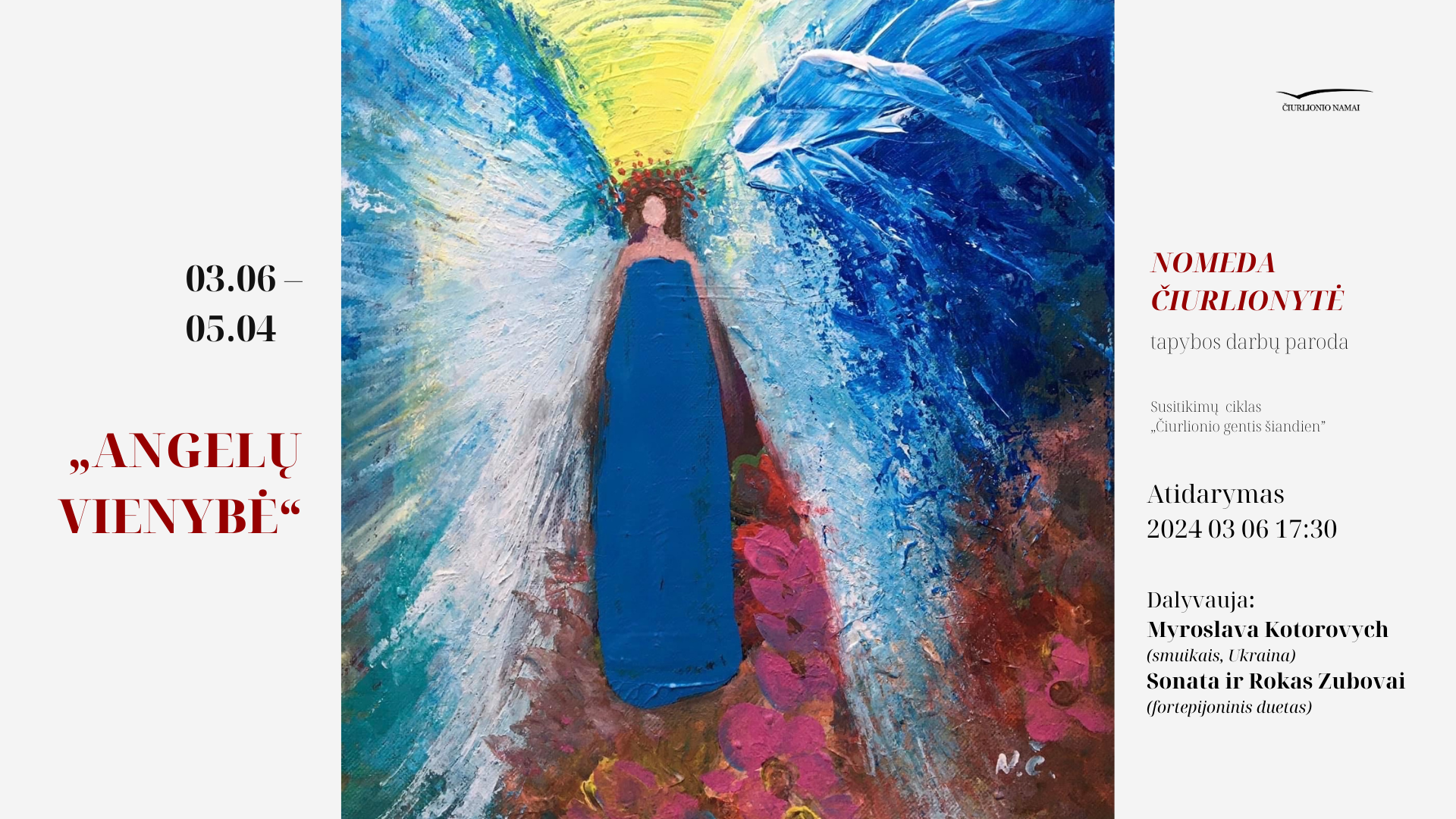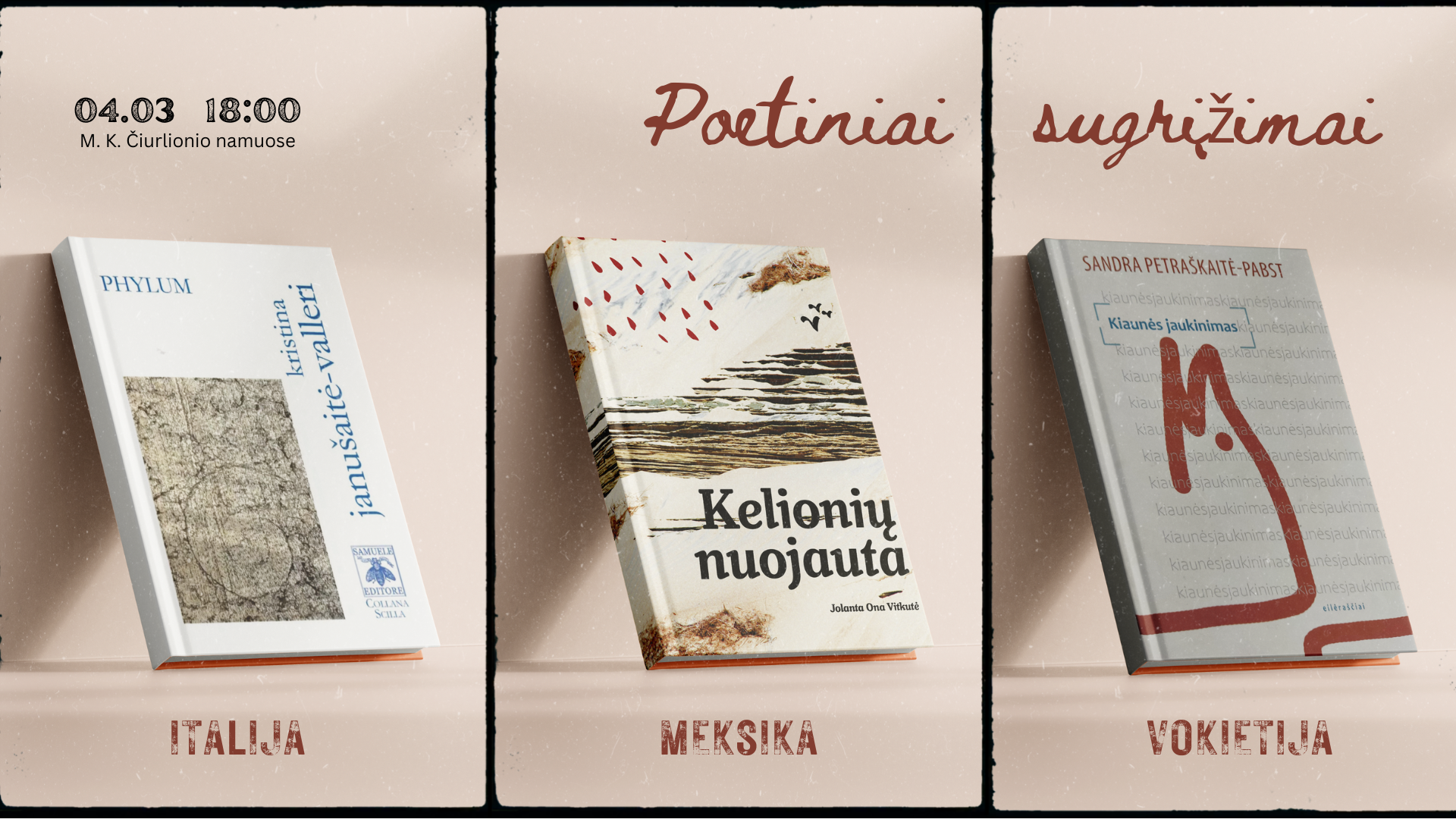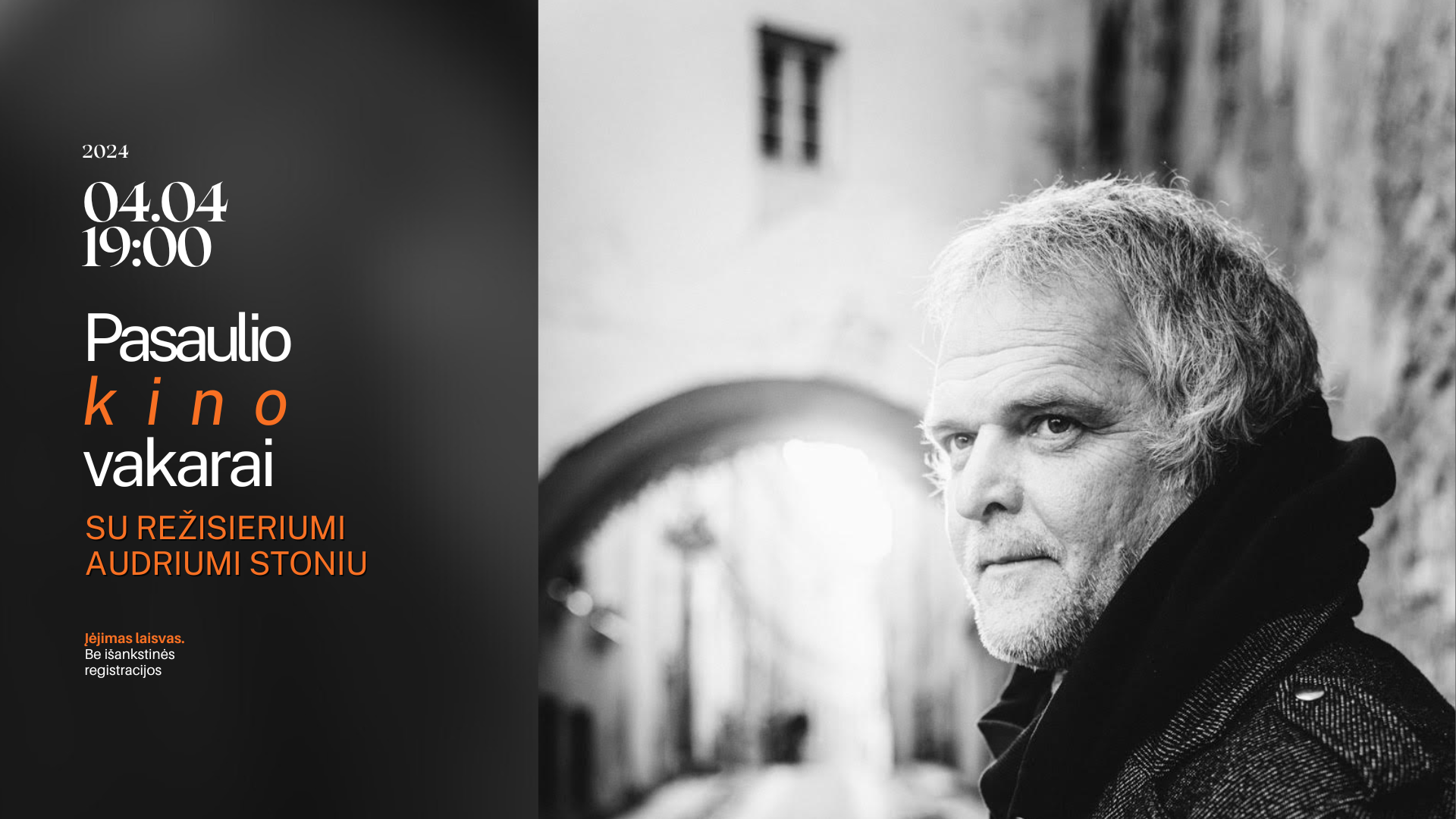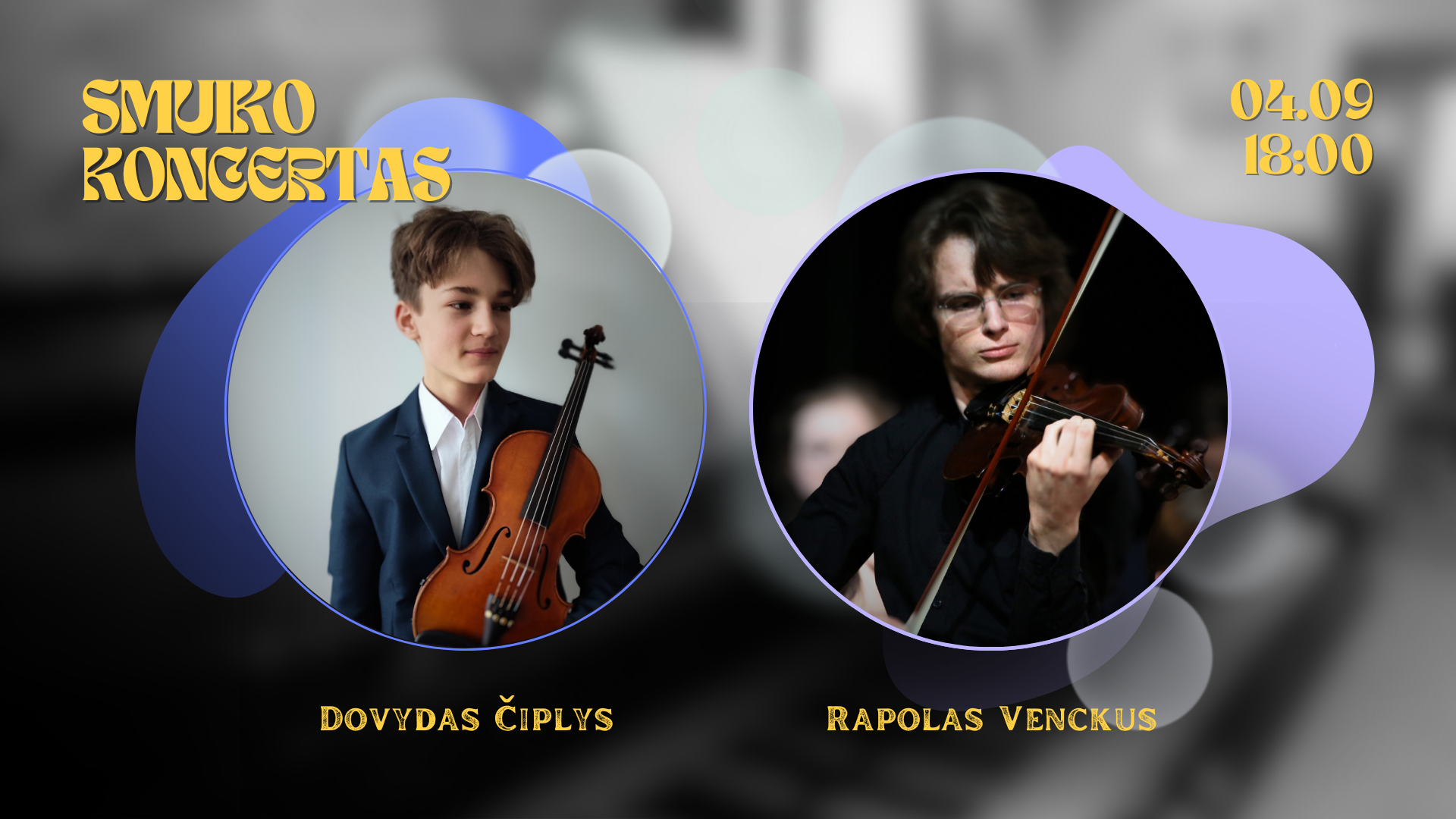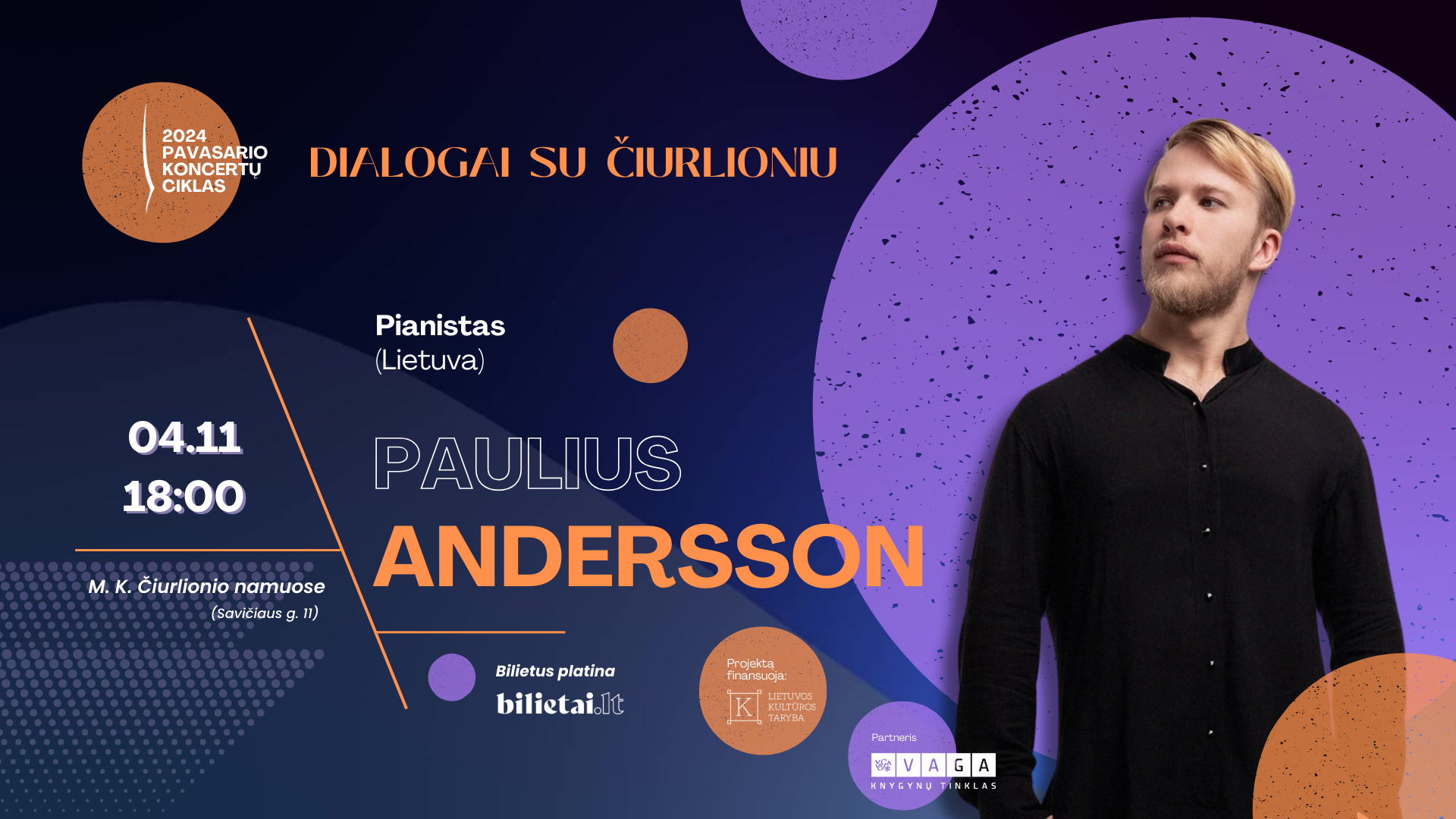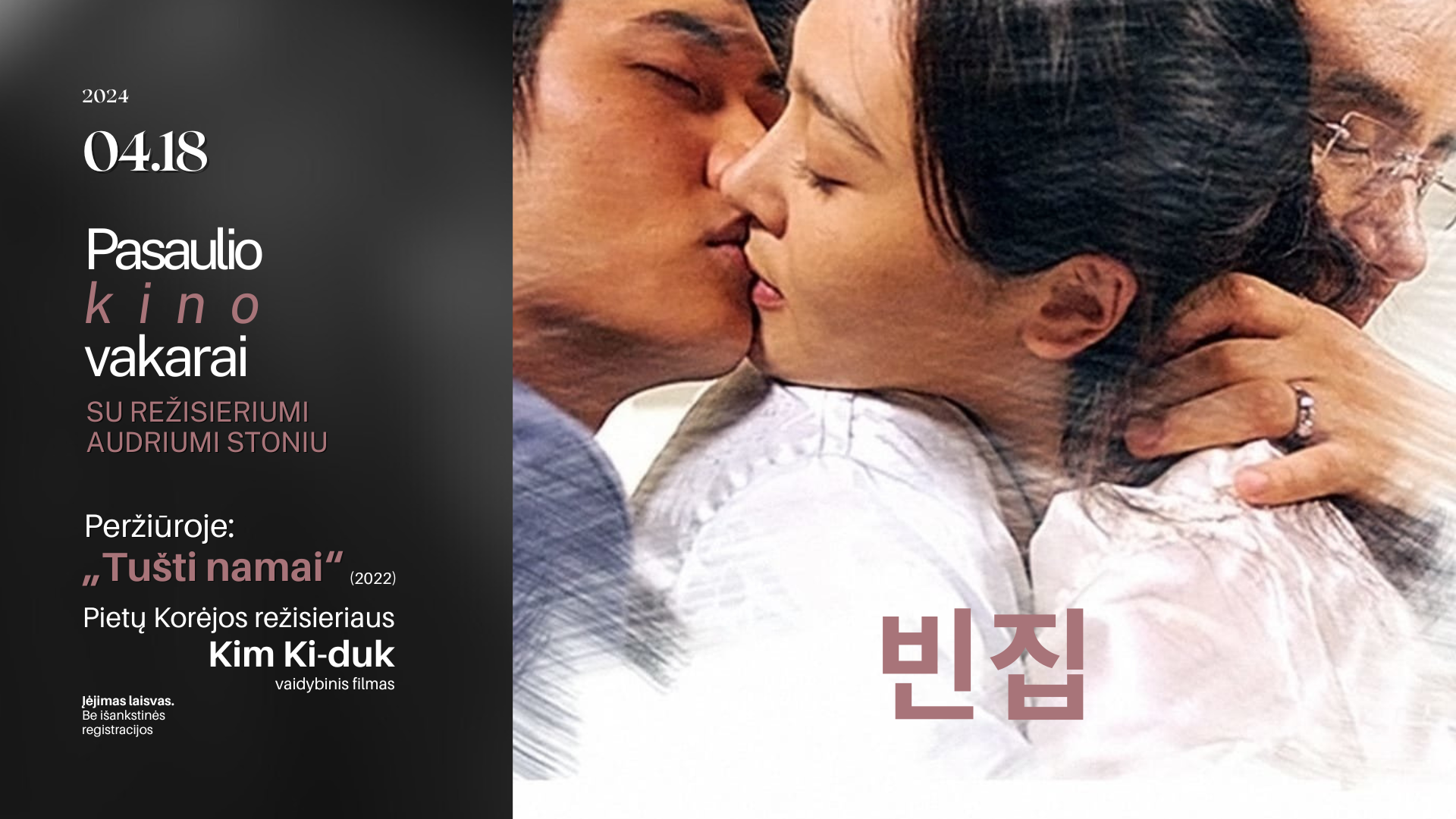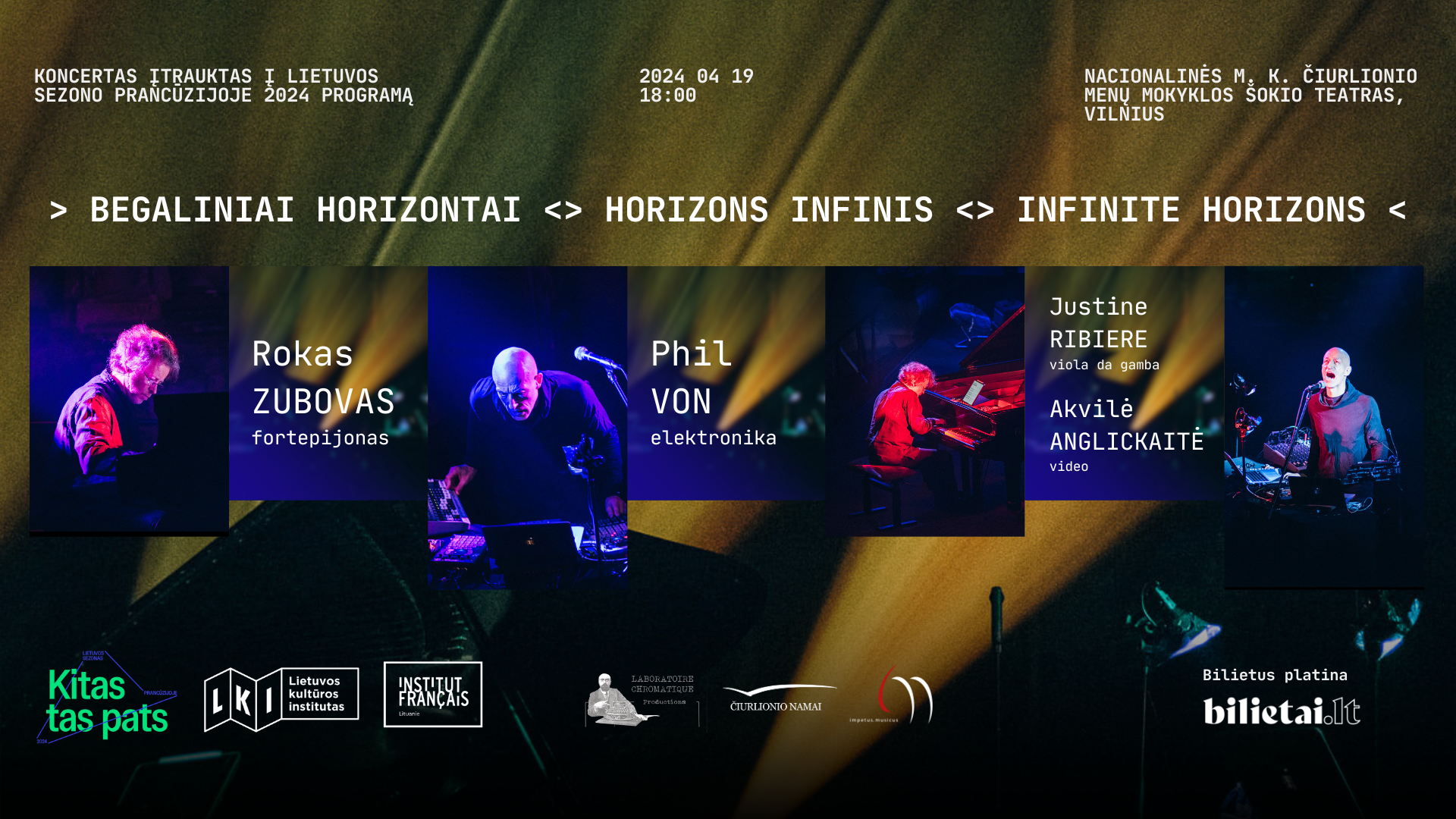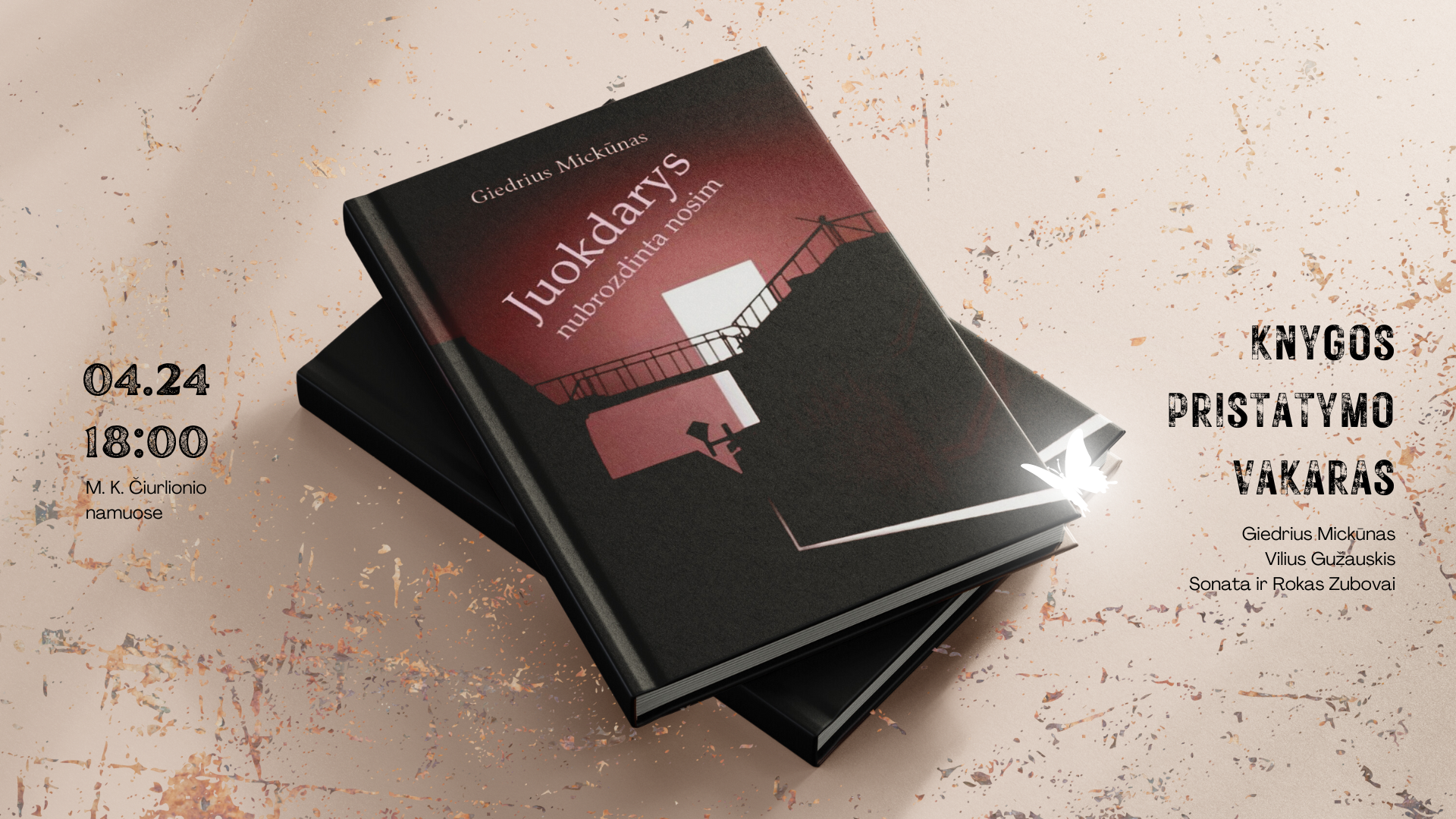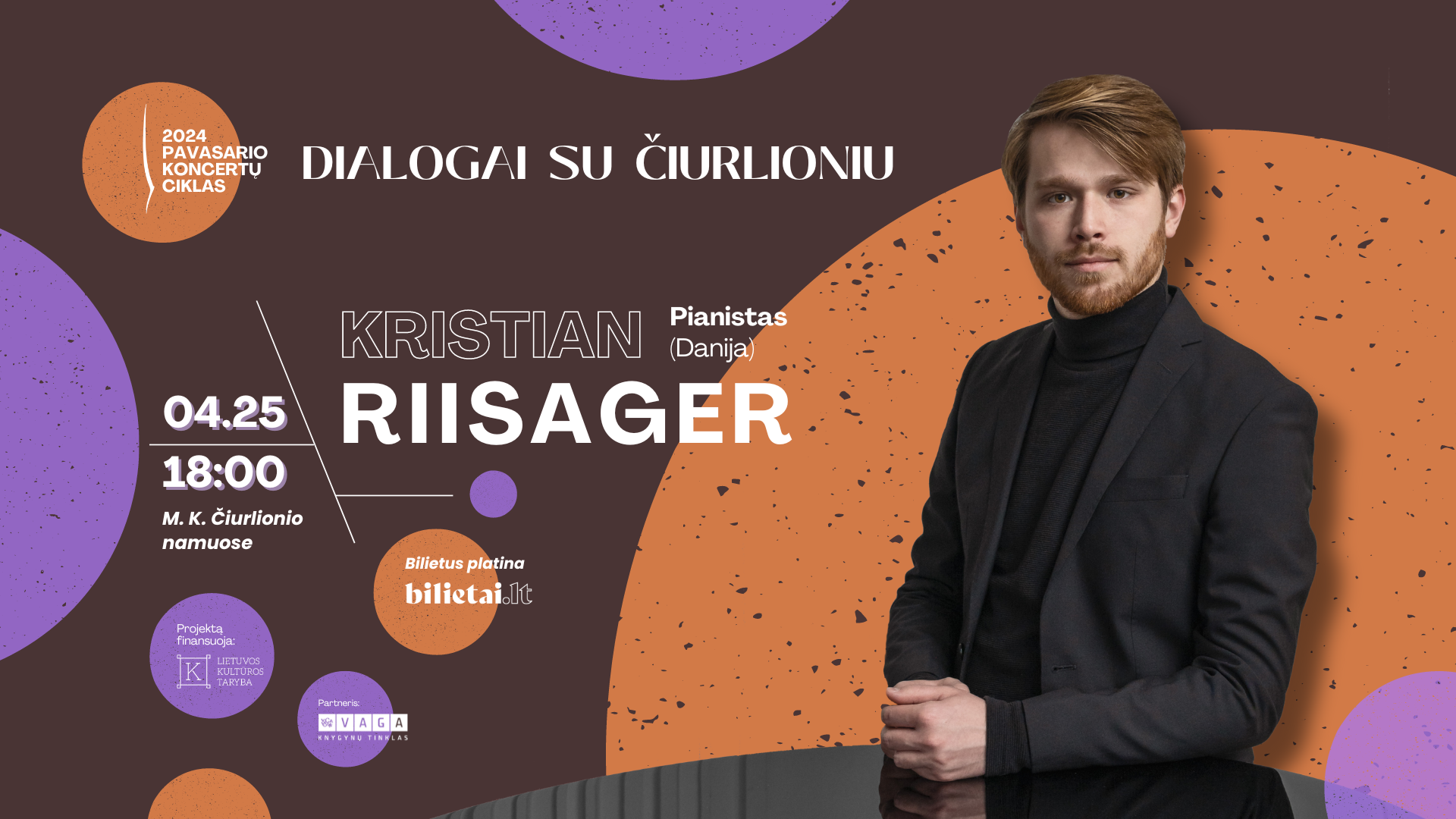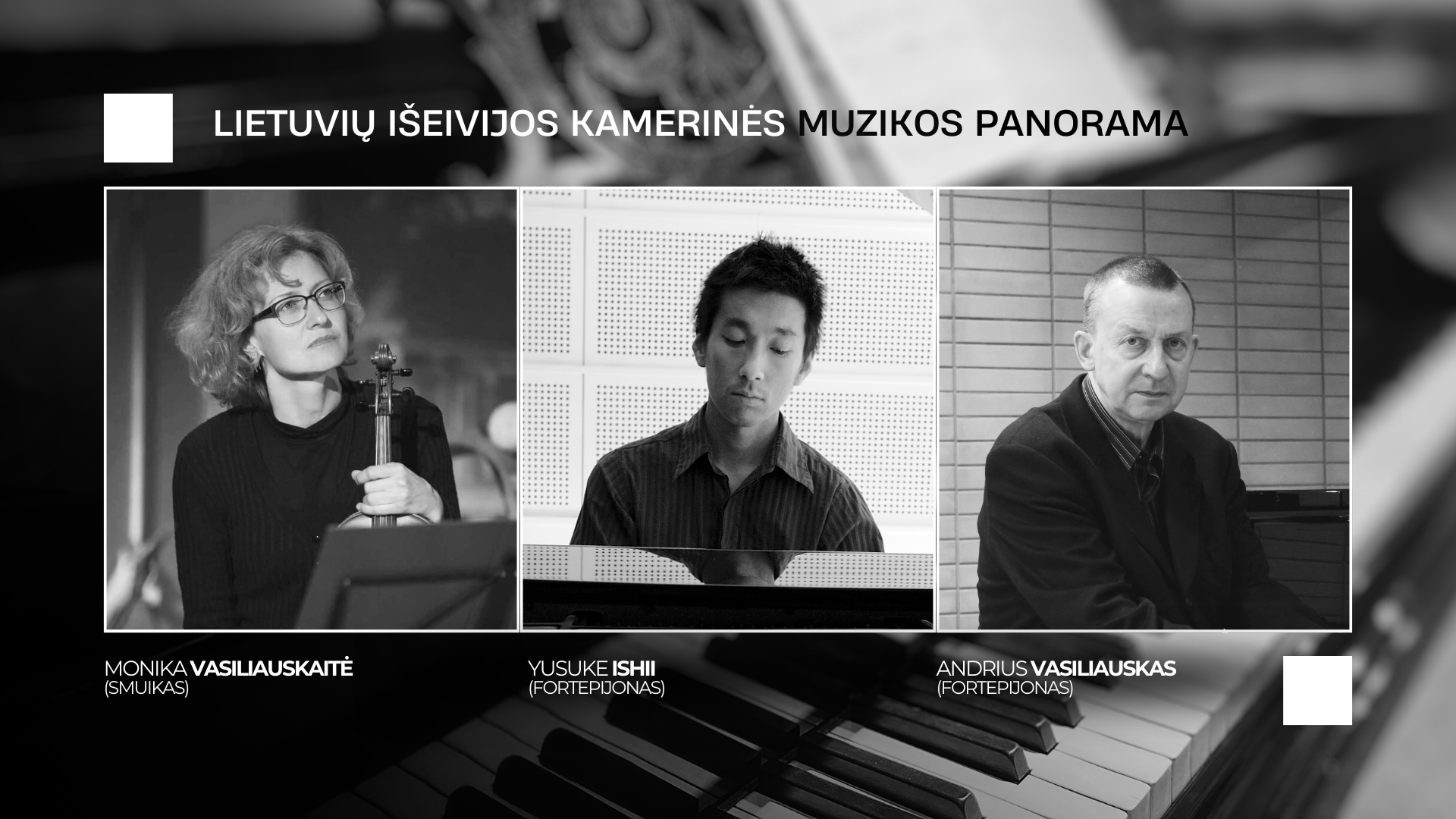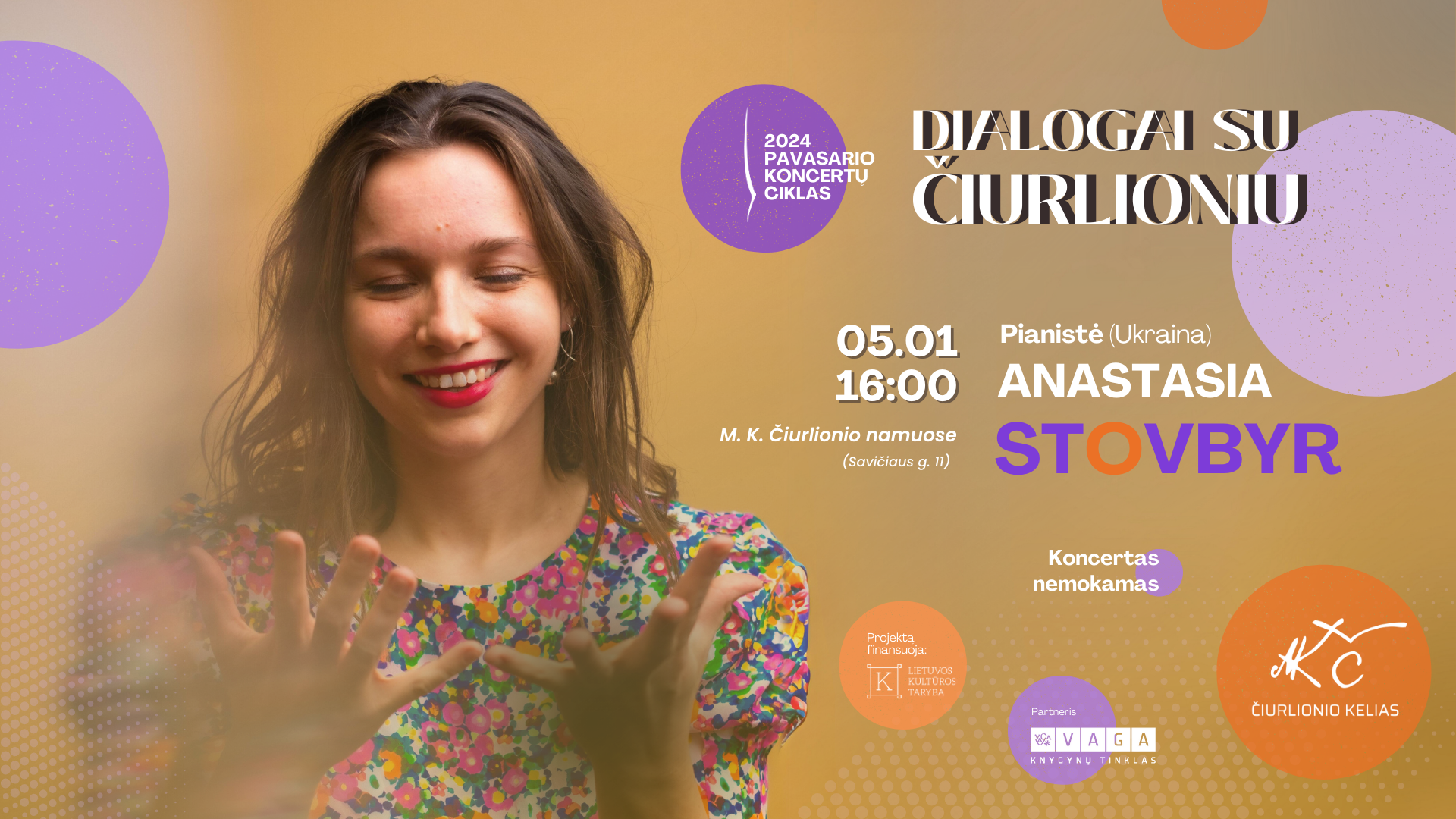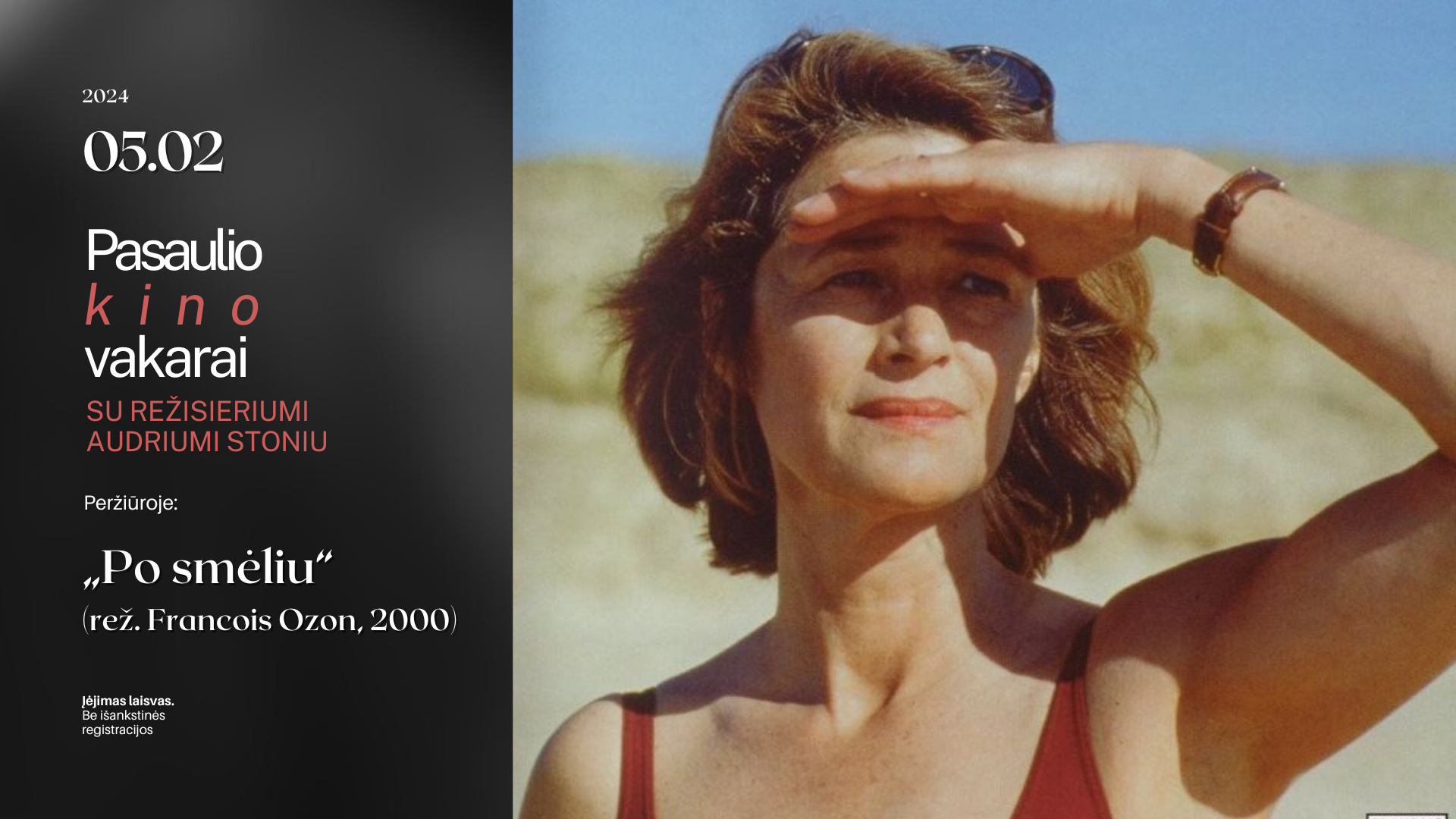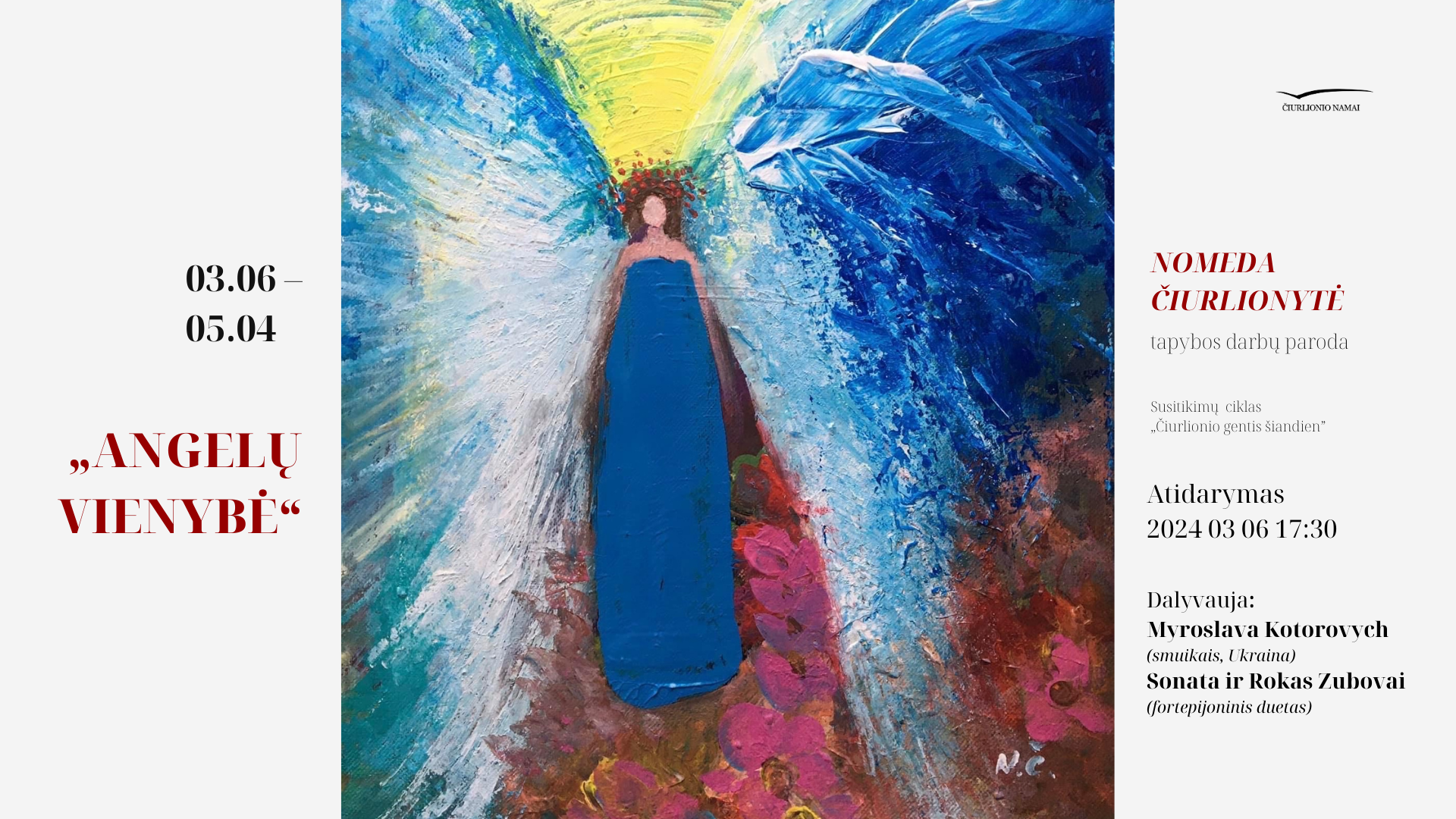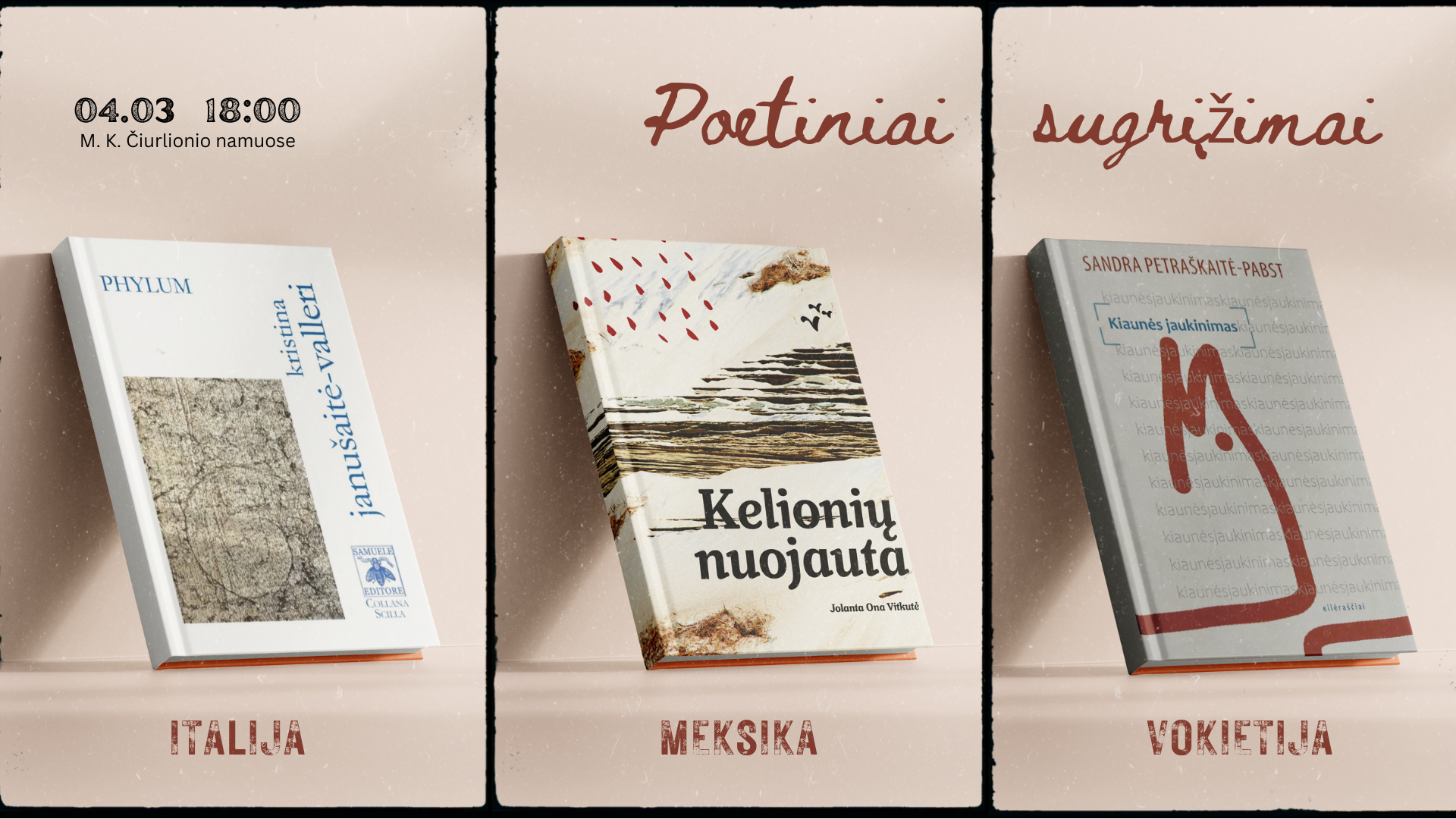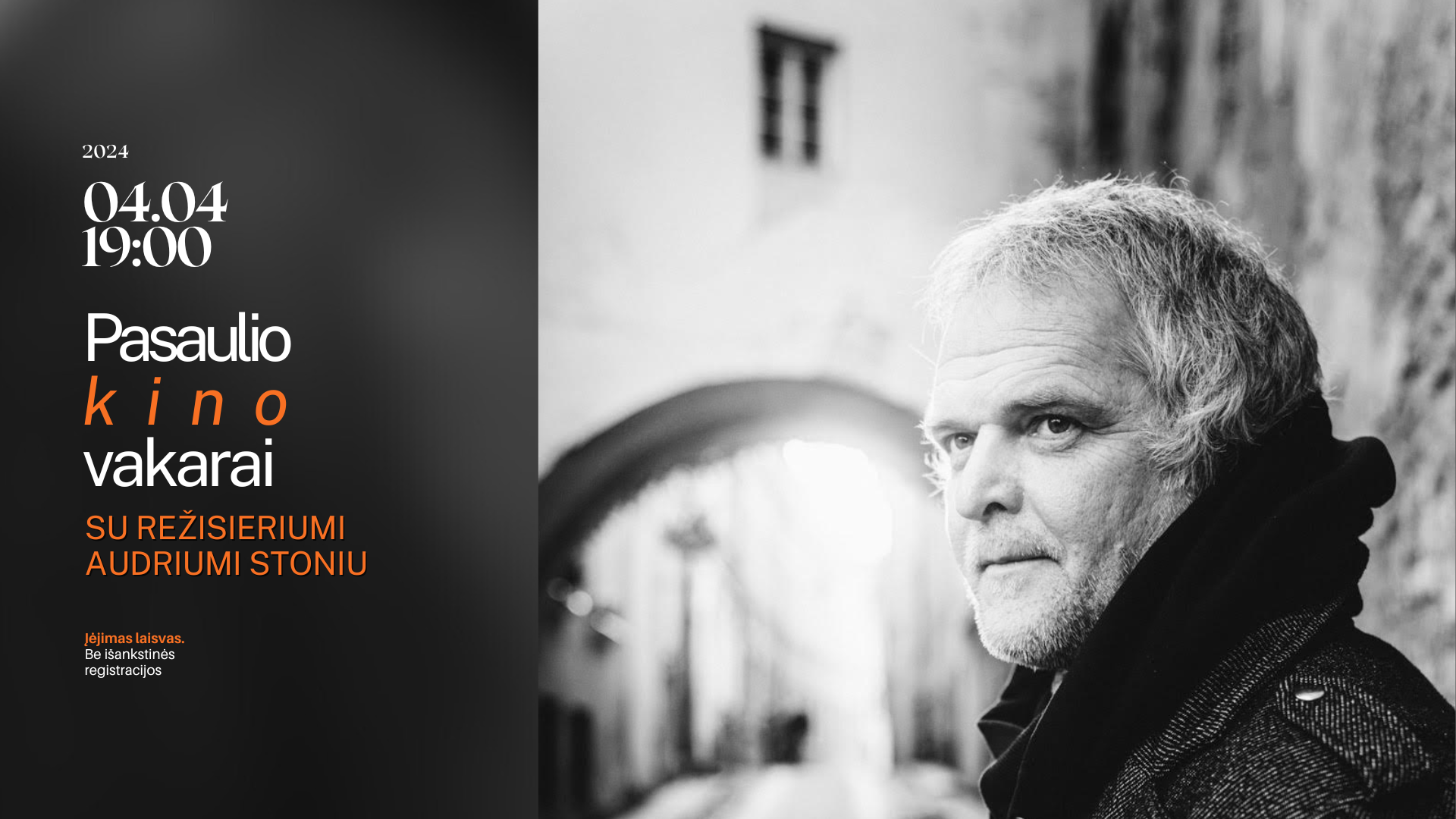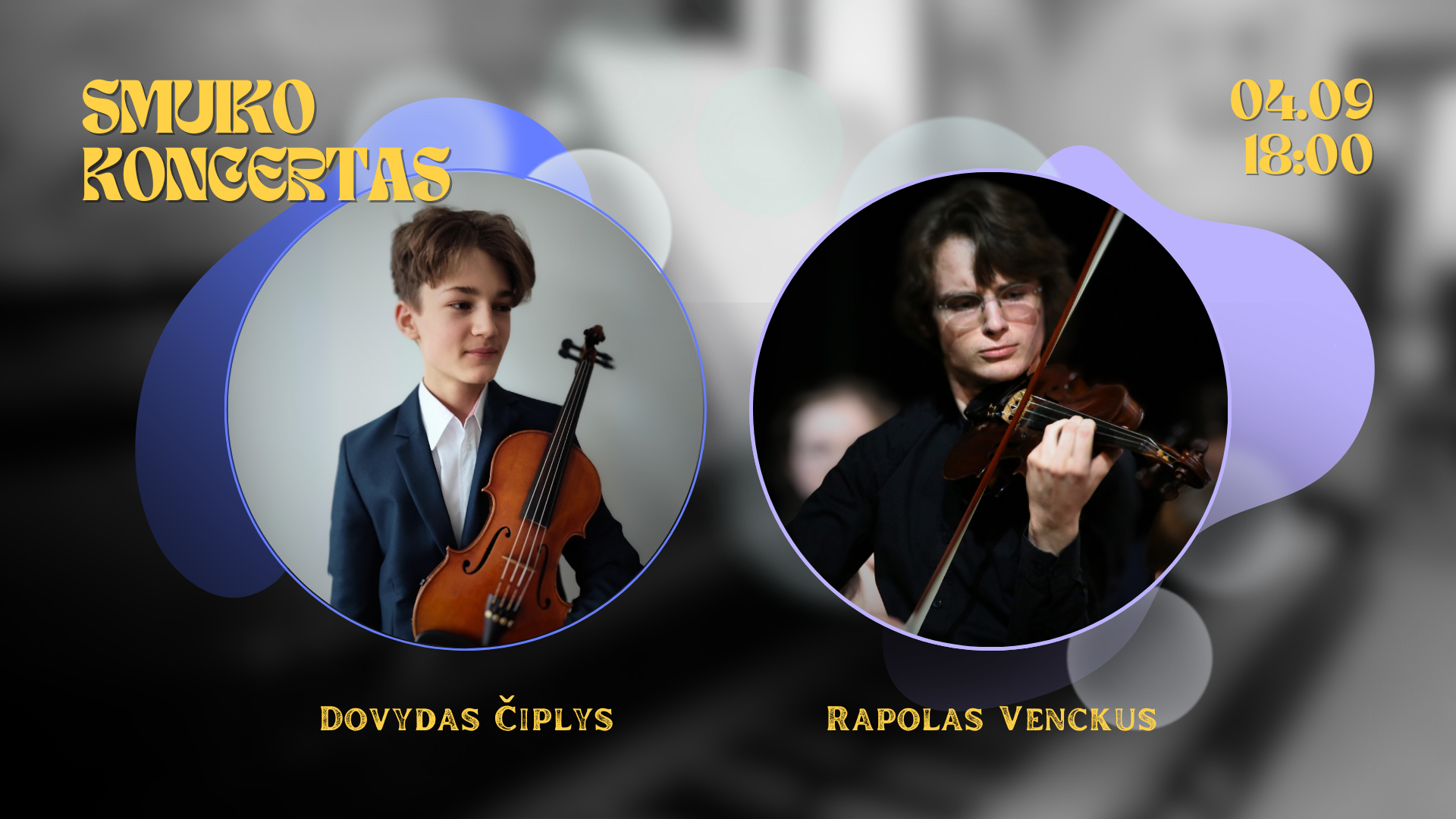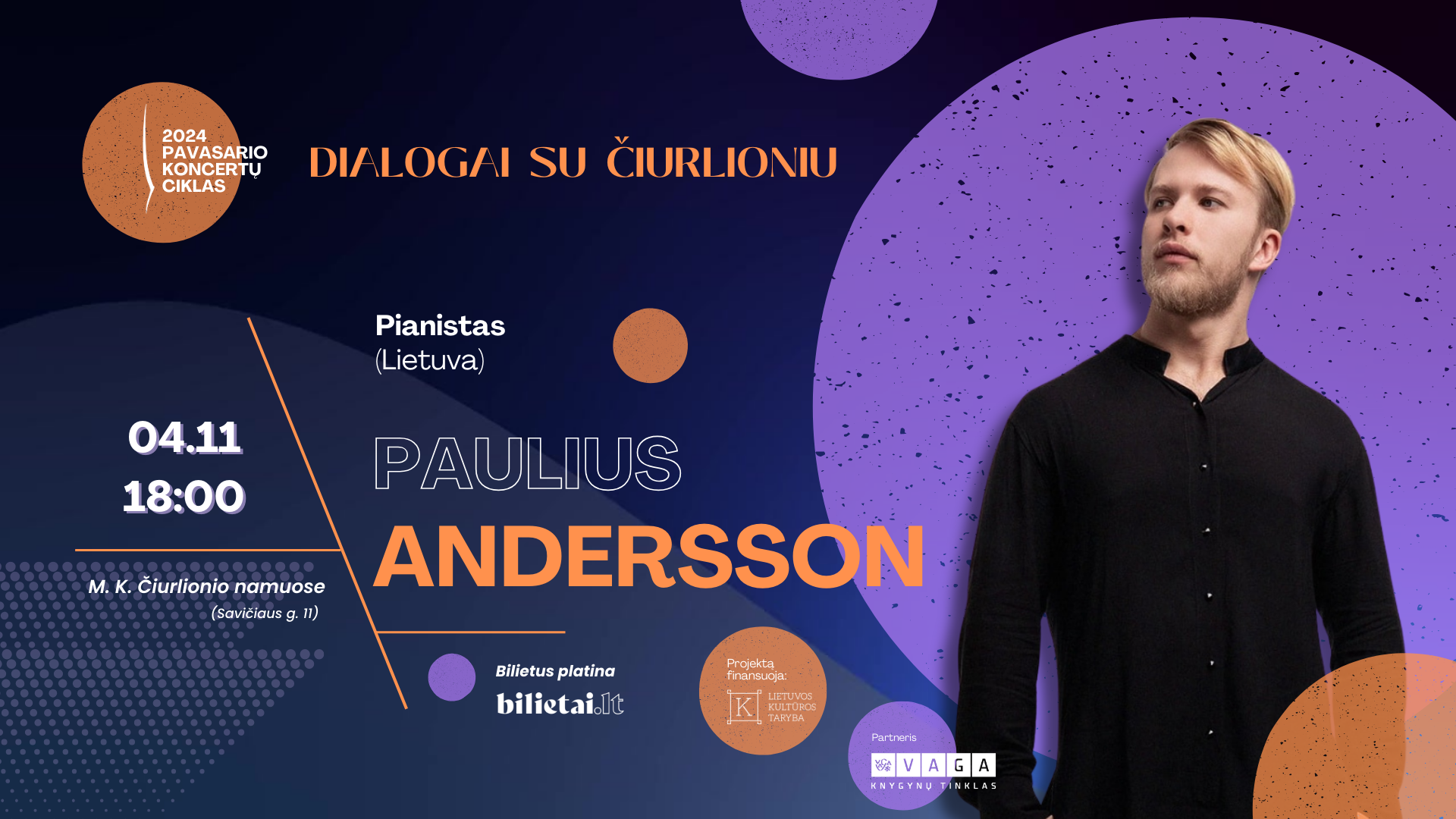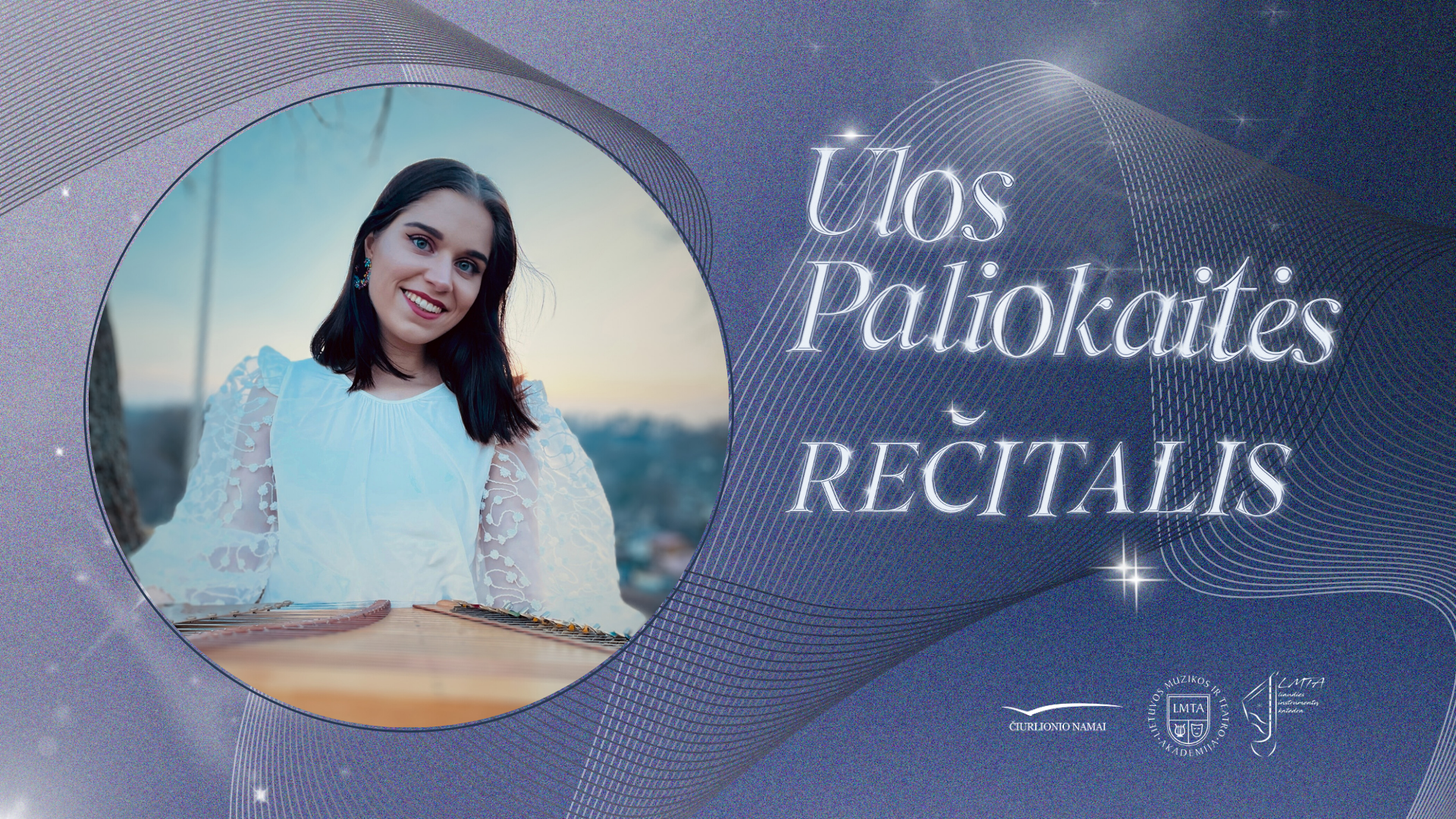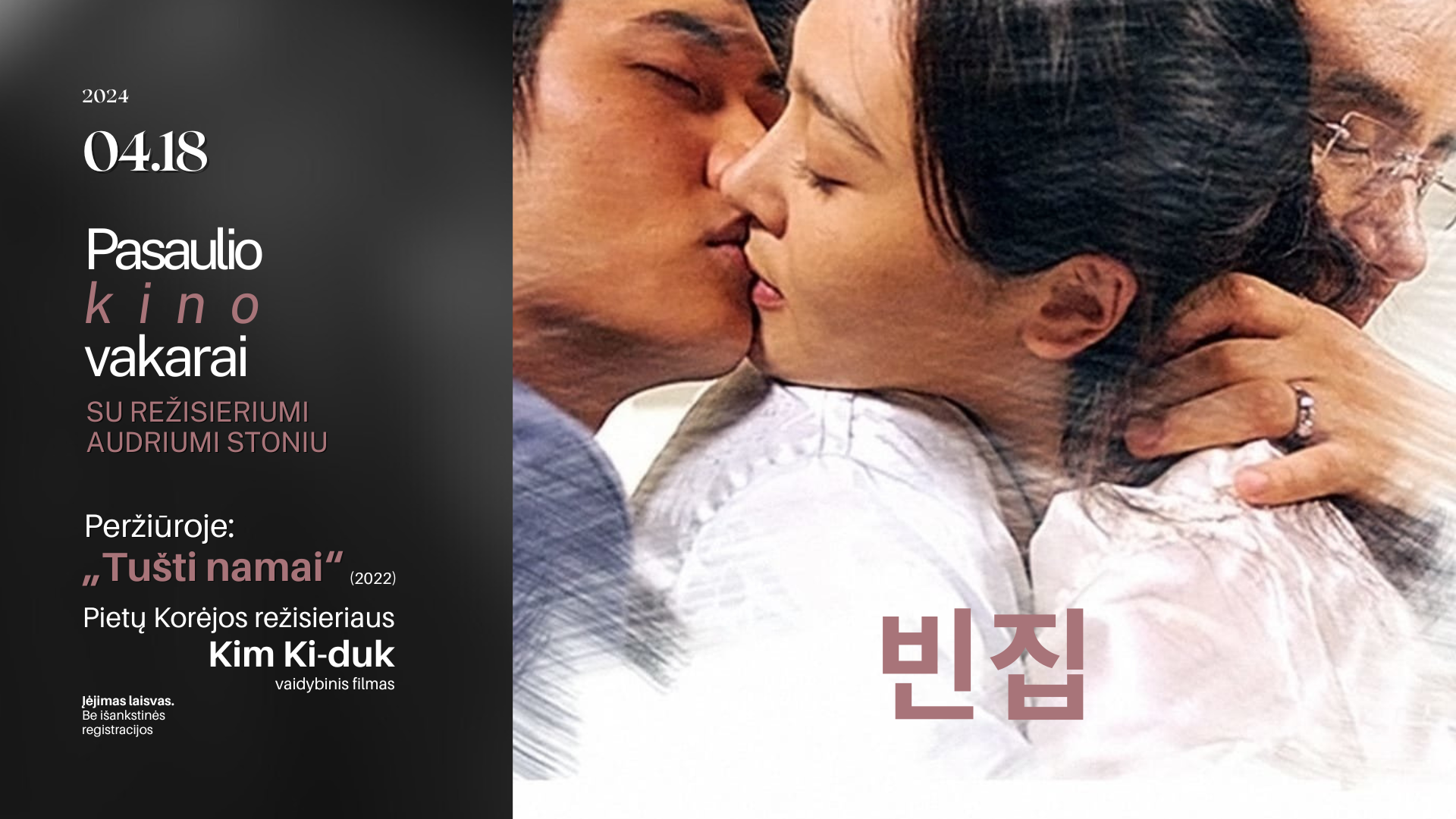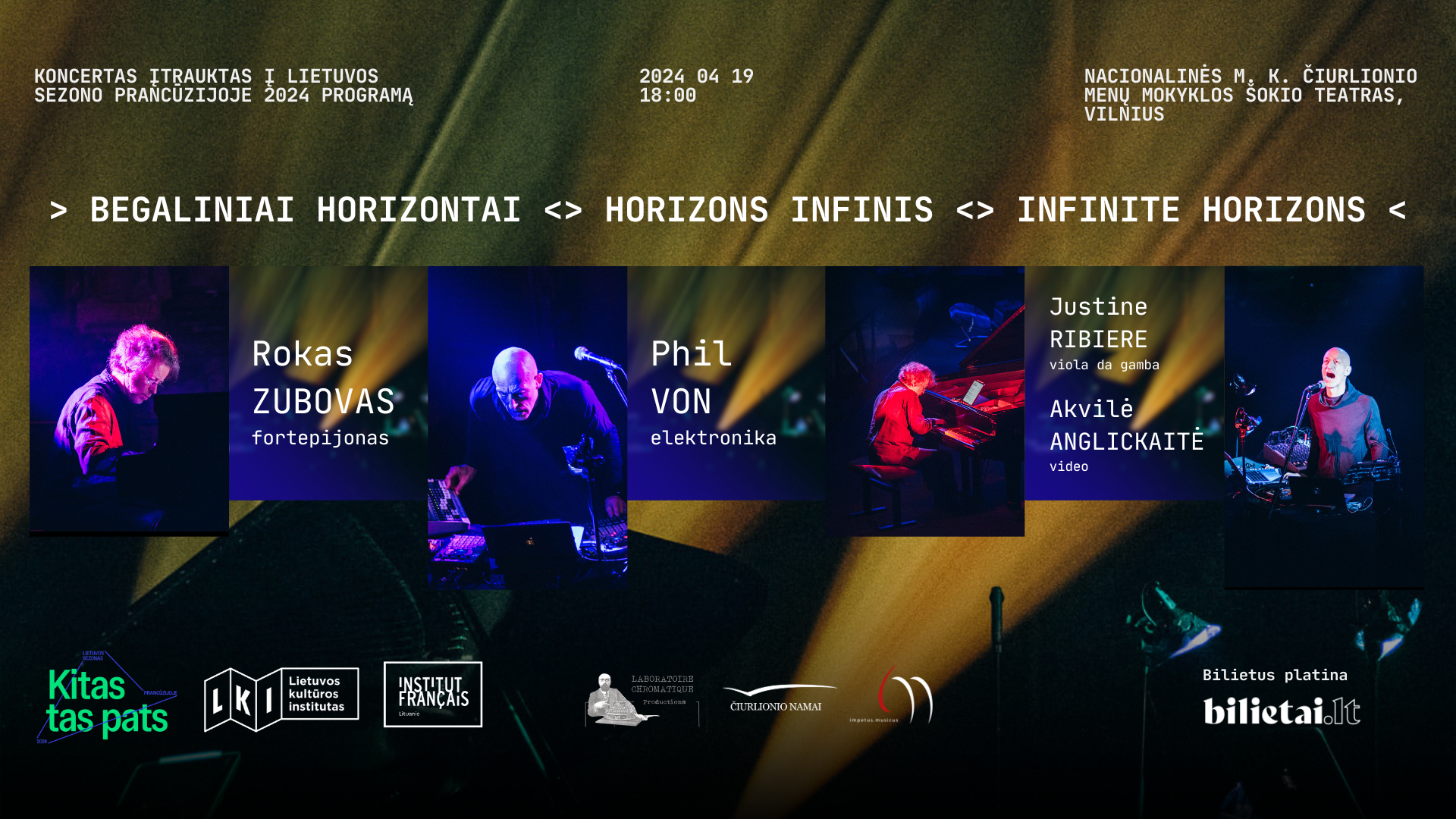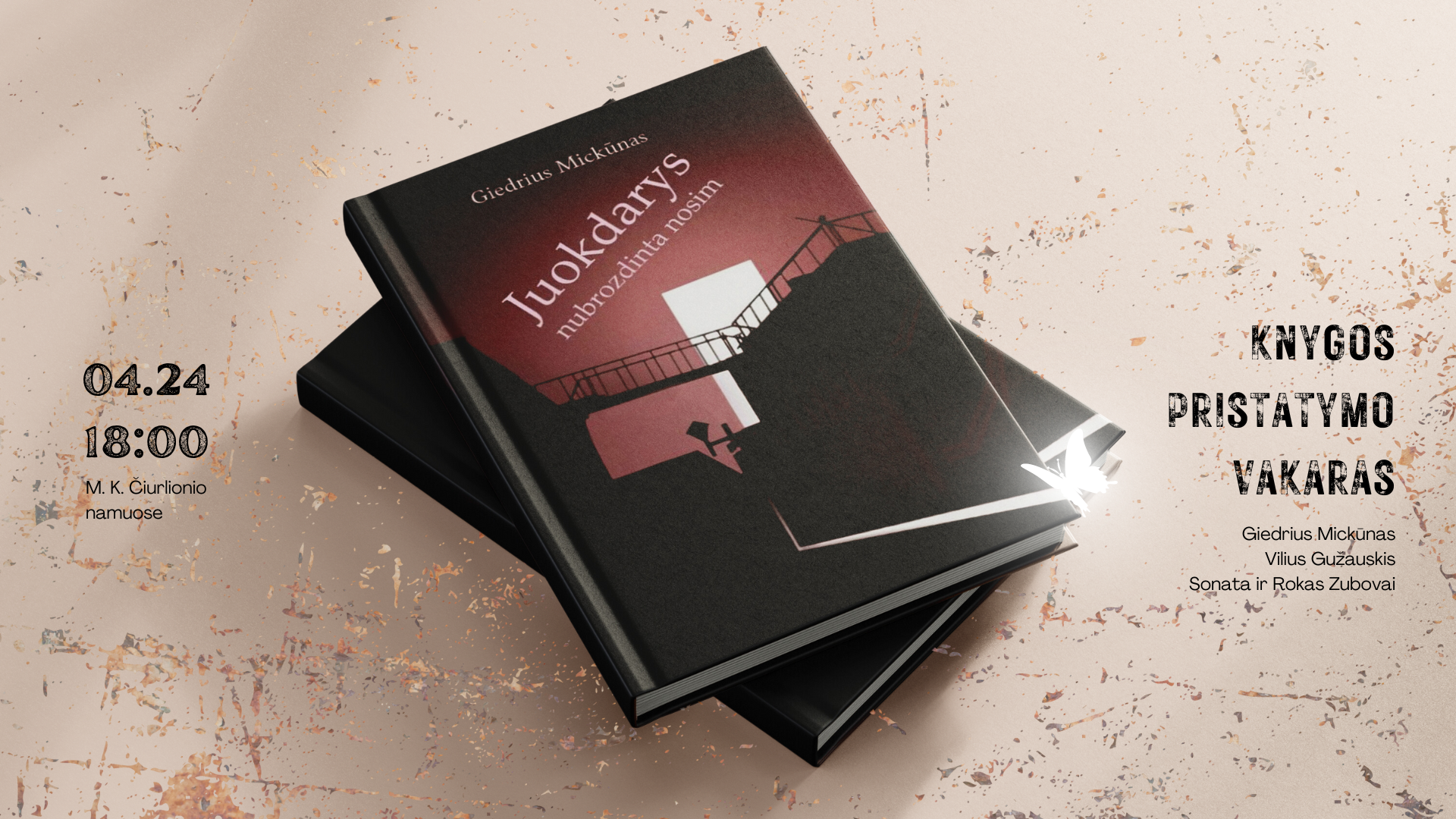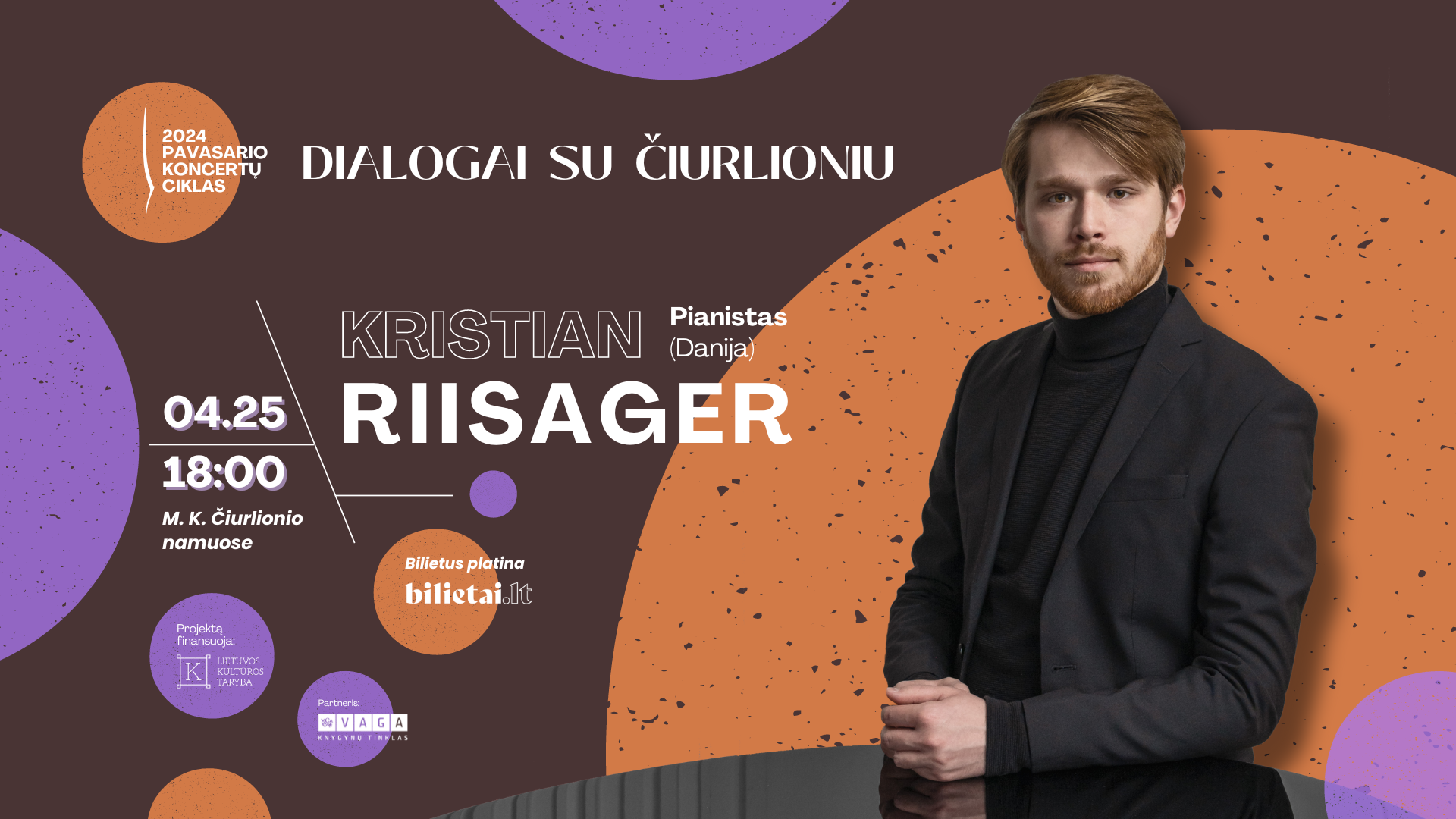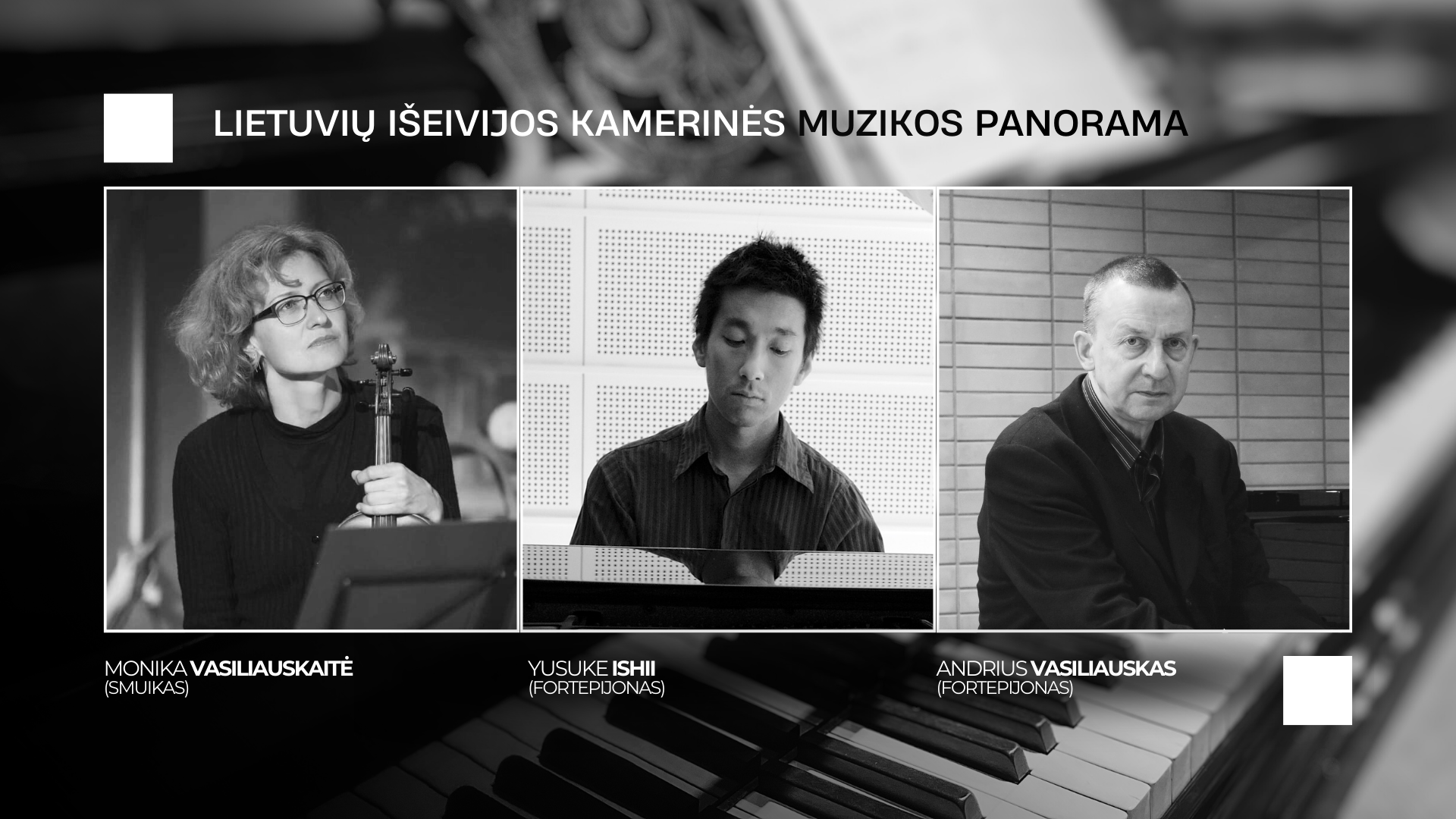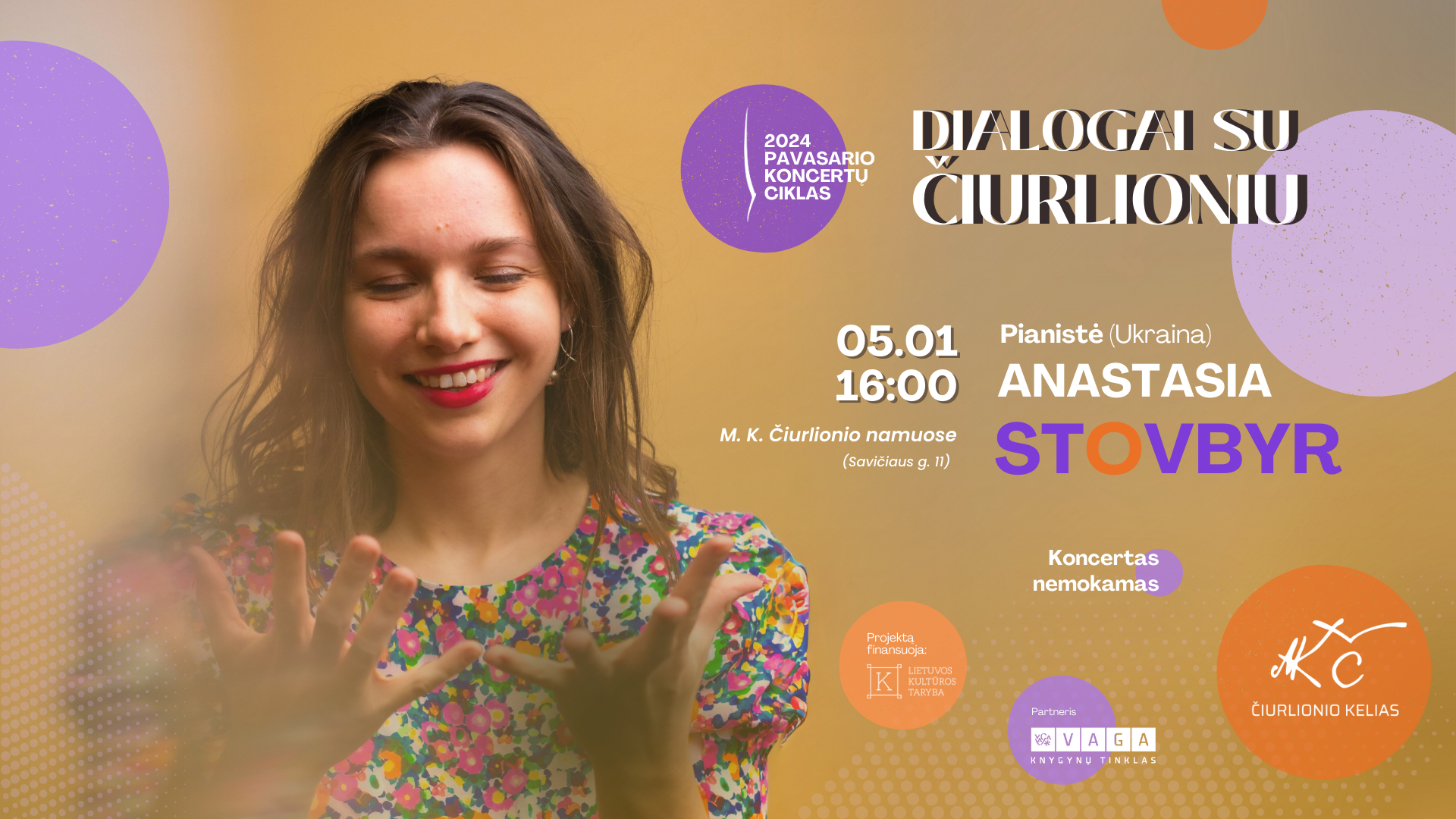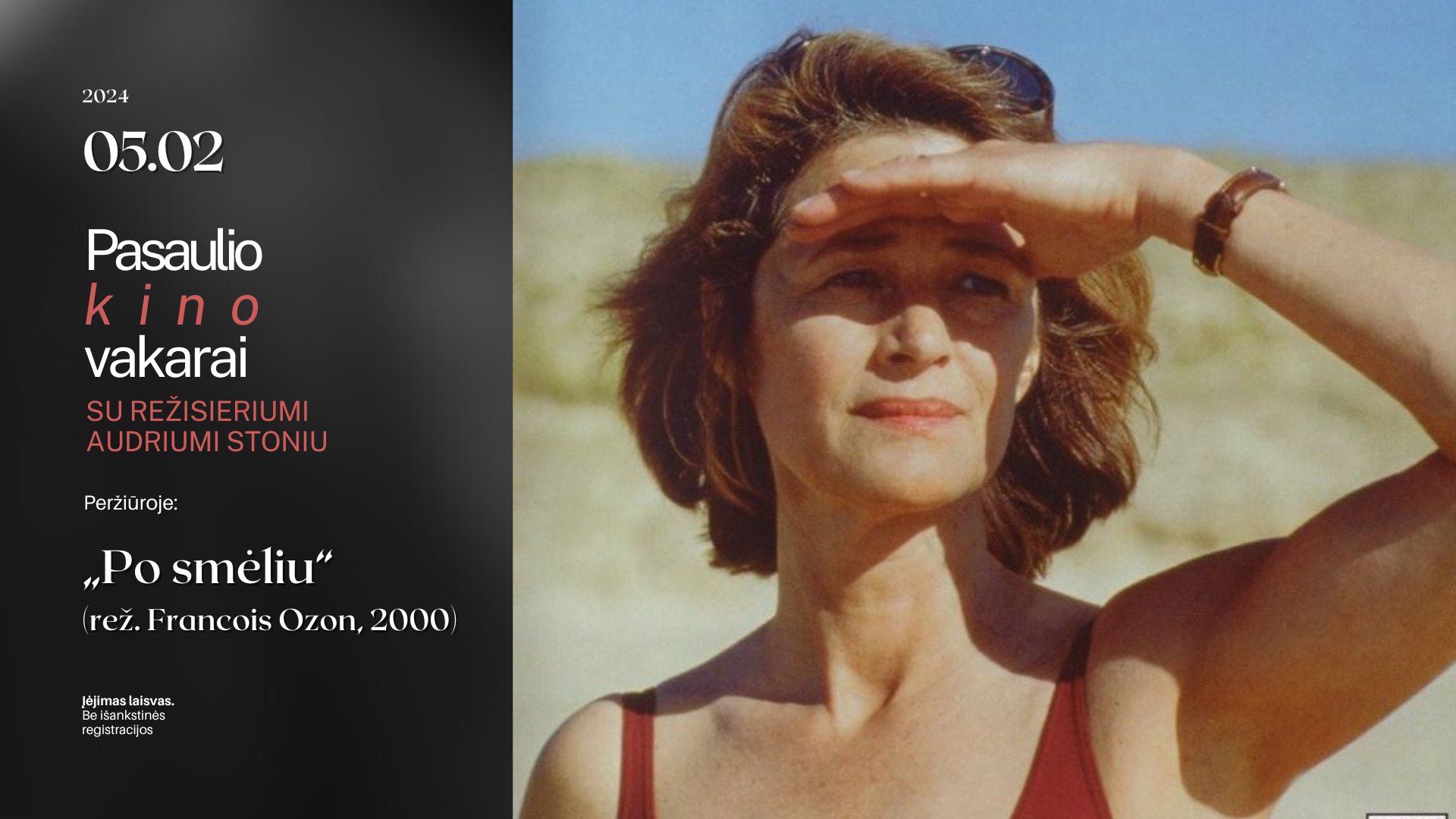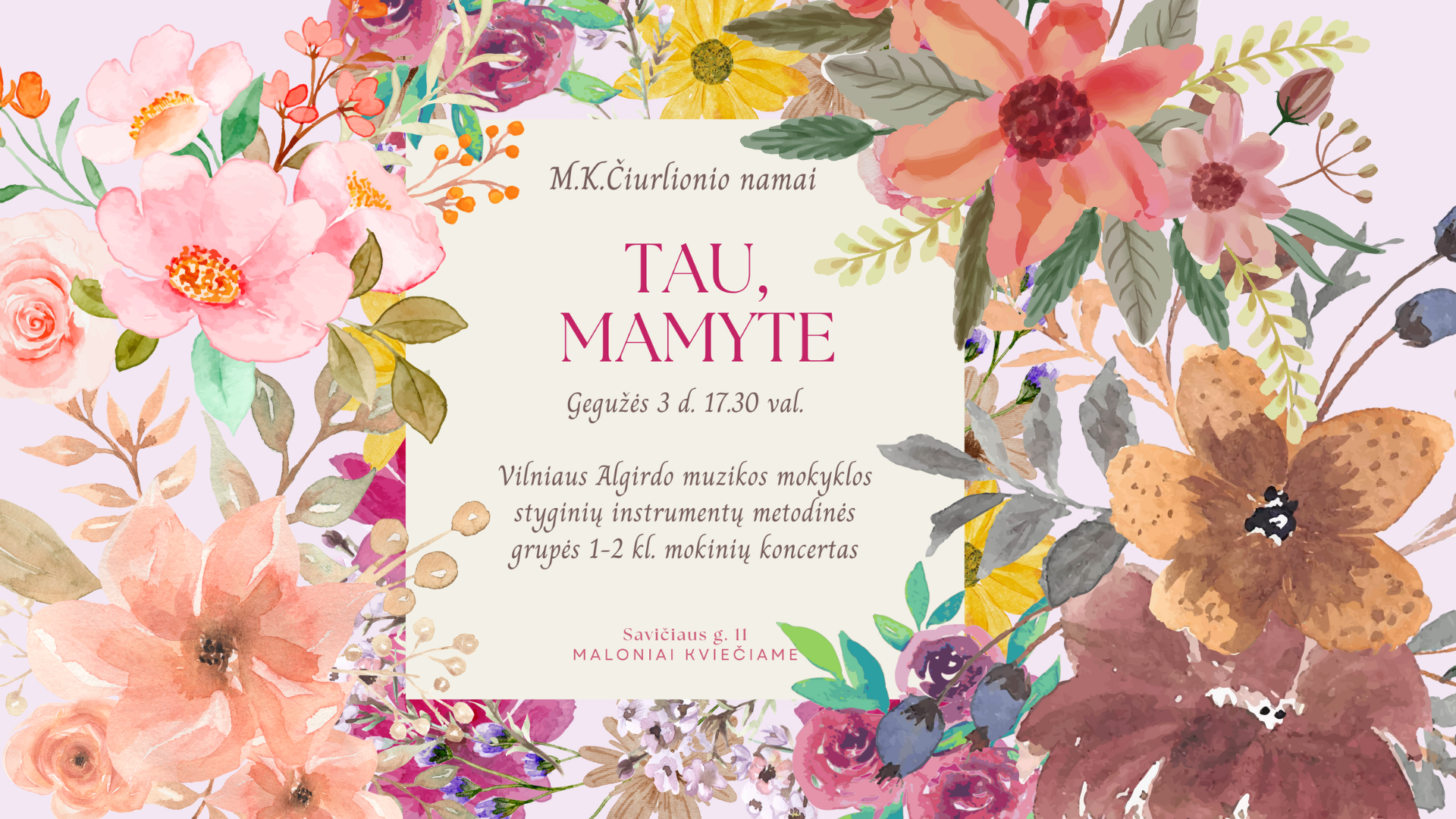Mikalojus Konstantinas Čiurlionis and Cities: a Dreamy Look at Architecture
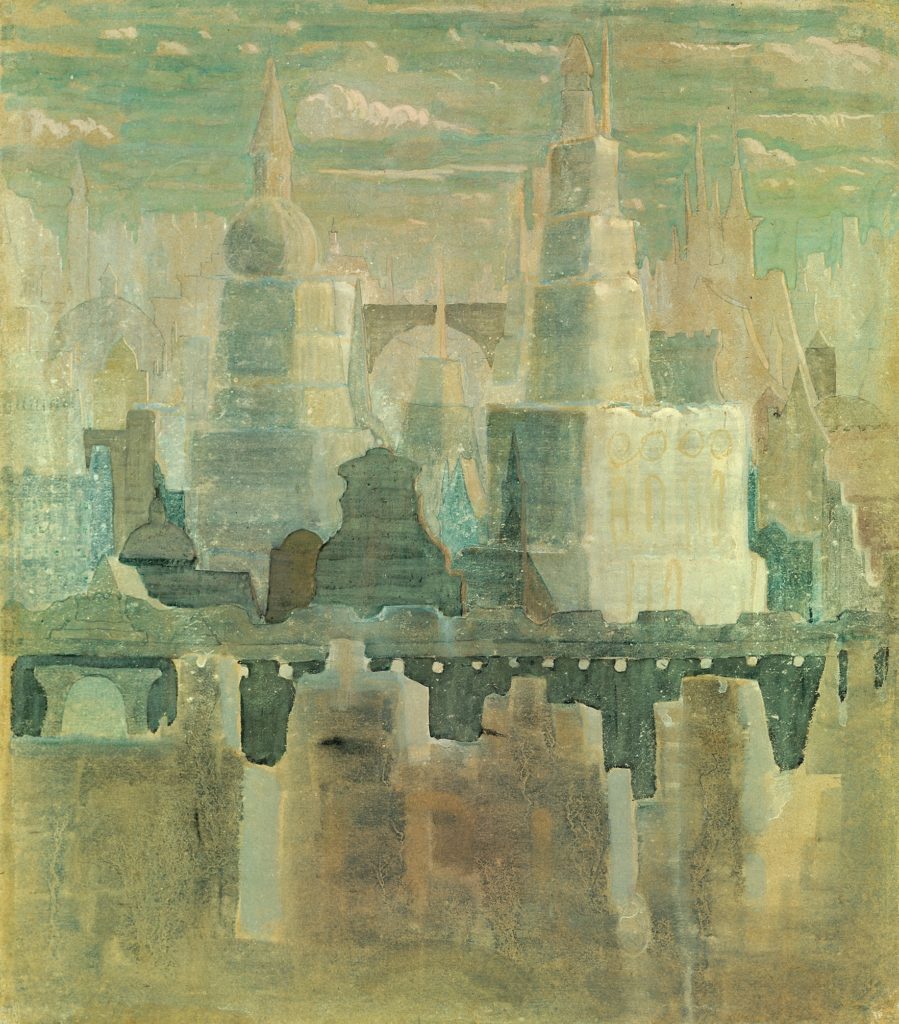
Tired of wandering through the streets of a big city, I sat down on a bench reserved for couriers. The swelter was terrible; the grey-yellow houses were chattering their teeth, and the multi-colored signboards shone brightly. Here and there a gold-covered, sunny tower stood, and the people, tortured by the heat, walked slowly, as if asleep.
From "Fairy Tale" by Mikalojus Konstantinas Čiurlionis
Mikalojus Konstantinas Čiurlionis, who lived at the beginning of the 20th century, was a child of nature. He adored the scenery of his native Dzūkija (the South East region of Lithuania) and painted the surroundings of Druskininkai from life. The forest, clouds, the night sky, and the sea remained a source of creative inspiration for Čiurlionis, just as they did for 19th-century Romanticists. Cities had never seemed so close to him, although Čiurlionis' own life, when he left for Warsaw in 1895, was full of manifestations of urban life. His sketches capture both the streets of the big city and the people in silent cinema. The city – first as images of streets and interiors, and later as a space of visionary fantasizing – appeared very early in Čiurlionis's oeuvre. His first drawing depicting a city inn with people dates from 1898.
Čiurlionis' paintings of cities are ancient, fantastic, usually without people. They radiate colorful emotions: romantic and tender, frightening and filled with divine mystery, enchanted, fatalistic. They are eternal cities, timeless and silent, subject only to the changes of light and darkness.
In Čiurlionis' paintings, the city is often seen dreamily: adorned with golden towers, illuminated by the morning glow. Philosopher Vyacheslav Ivanov, a contemporary of Čiurlionis, called the Lithuanian artist's fictional fantasy cities Civitas Dei ("Cities of God") and described them as a world of "reverence and prayer to Heaven", rendered by depicting a multitude of strange towers. It is a painterly and Romanticist vision of an abstract city, linked to their imagination and longing for distant and exotic lands, where, by the way, the Lithuanian artist has never been.
Some of Čiurlionis' cityscapes are a little frightening, even surreal, filled with symbols of various world religions. They reflect the cultural and religious syncretism that was close to the Lithuanian artist's heart and was so popular in the early 20th century.
Čiurlionis revealed the theme of the city in a very fascinating and distinctive manner. City motifs, like nature, were still a source of Neo-romanticist and Symbolist visions for him. The Romanticist and Symbolist gene did not allow him to give up pictorial visions and philosophizing with architectural images, and that is why the city was for him a dreamy, mysterious, or terrifying place where the spirit of eternity roams.
Rasa Žukienė
The exhibition will run from June 15 to September 7
OPENING HOURS:
Tuesday to Friday: from 11 a.m. to 5 p.m.
Saturday: from 1 p.m. to 5 p.m.
Monday and Sunday: CLOSED.


